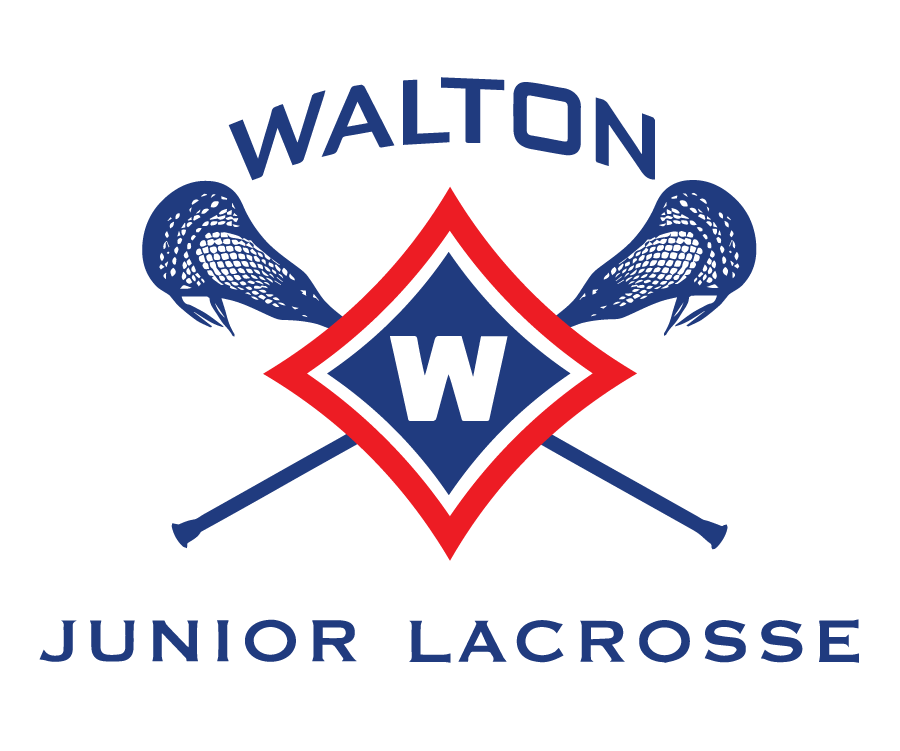Boys Lacrosse Terms
A lot of terms are used in lacrosse, and it can be confusing, particularly for folks new to the game. Below are definitions for some of the more common terms used in the game:
Cradling: To help maintain control of the ball while running or dodging, a player will turn his top wrist and arm (i.e., cradle) to force the ball into the back of the pocket.
Clearing: Running or passing the ball from the defensive half of the field to the offensive half.
Crease: The circle around the goal that has a nine-foot diameter and which only the goalie and players on defense can enter.
Cutting: Where a player without the ball darts to a teammate with the ball to receive a pass.
Face-off: Occurs at the beginning of each quarter and after a goal and involves two opposing players squaring off against each other at the center of the midfield line. The ball is placed on the ground between the players' sticks, and, on the whistle, they fight to gain possession of the ball.
Fast Break: Occurs when the offense has a man advantage and is breaking towards the goal. It typically involves a 4-on-3 situation and provides an excellent scoring opportunity.
Feed: This term is typically used to describe what happens when an offensive player with the ball passes to (or "feeds") a teammate who is cutting to the cage.
GLE: Short for "goal line extended," which is an imaginary line that extends straight out from both sides of the goal line.
Interference: A player will be called for interference if he does not stay stationary when setting a pick against an opponent who does not have the ball.
Man-Down: When a player is in the penalty box because he committed a penalty, his team then has to play man-down (or with one less player) against the other team, which in turn is then playing "man-up."
Man-Up: When a team has a man advantage because the other team has a player sitting out because he committed a penalty.
Pick: A pick occurs when a player without the ball positions himself so that an opposing player is blocked from covering or defending against his man. The player setting the pick must stay stationary during the pick or else he will be called for interference.
Riding: When the offensive team loses possession of the ball, it then must play defense (or ride) against the clearing team to stop them from clearing the ball to their offensive half of the field.
Sliding: When a player on offense dodges past the guy playing defense against him, one of his teammates on defense must shift his position or "slide" to help pick up the offensive player to stop him from getting to the goal.
Fouls
Cross-Checking: Occurs when a player checks an opponent using the portion of the stick that is in between his hands.
Illegal Stick: If a player's stick is too short (generally less than 40") or his pocket is too deep.
Illegal Body Check: This penalty can be called in several situations including (1) when a player checks an opponent who does not have the ball and is more than five yards away from a loose ball, (2) a check delivered after the opponent has passed or shot the ball, (3) checking an opponent from behind or below the waist, and (4) checking a player above the shoulders.
Slashing: Involves a hard stick check that contacts any area of the opponent with the ball other than his gloves or his stick. Slashing will also be called when the defending player hits the opposing player in the head with his stick.
Tripping: Typically occurs when a player uses his stick to trip an opponent who is in possession of the ball.
Holding: Where a player impedes the movement of an opponent or the opponent's stick.
Interference: When a player interferes with the free movement of an opponent who is not in possession of the ball. Is often called when a player does not remain completely still when setting a pick.
Pushing: Occurs when a player shoves an opponent from behind.
Stalling: Occurs when a team intentionally holds the ball, without going towards the goal, with the intention of running time off the clock.
Warding: Where a player in possession of the ball uses his free arm to hold or push-off of the opponent playing defense against him.
